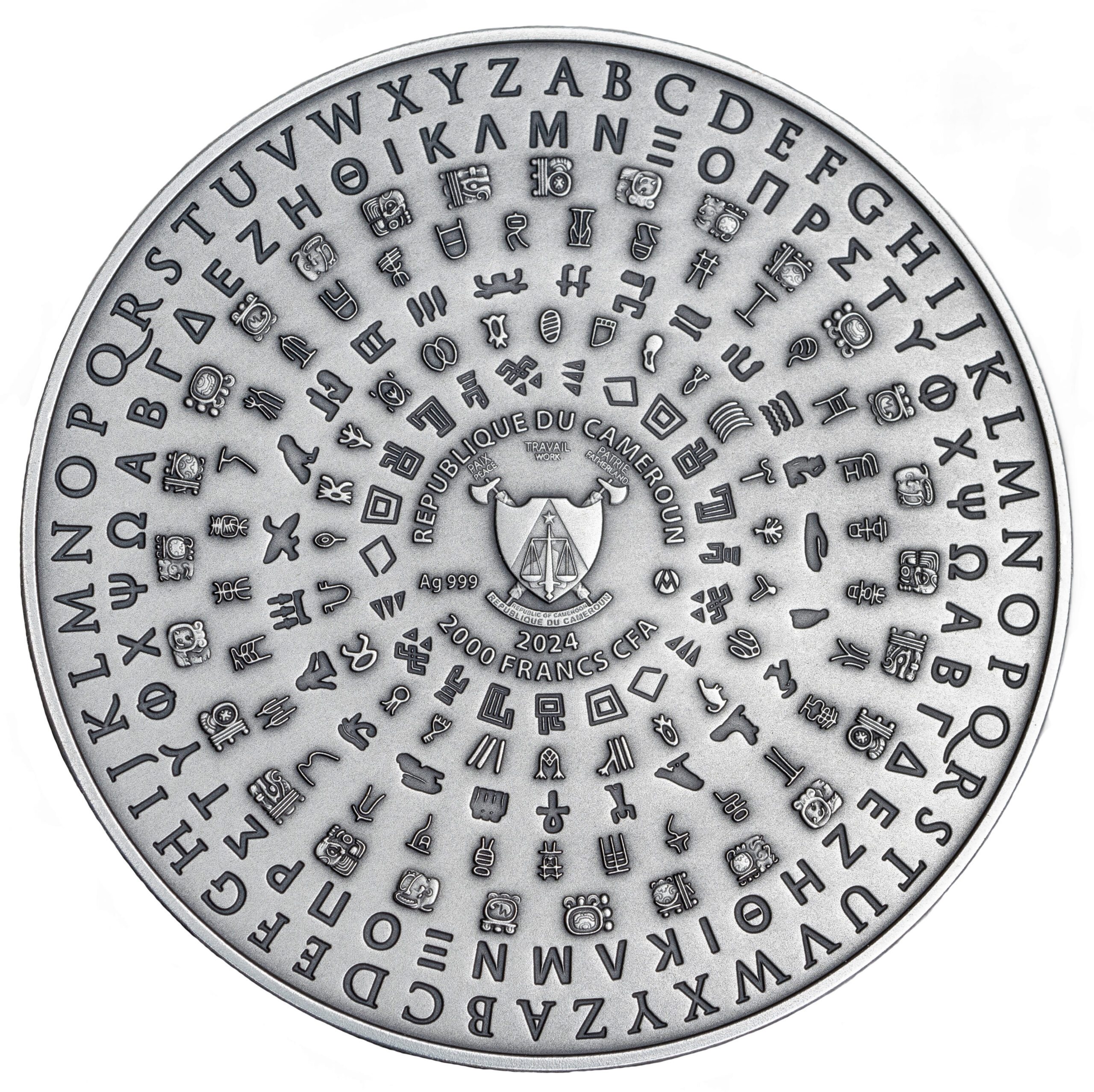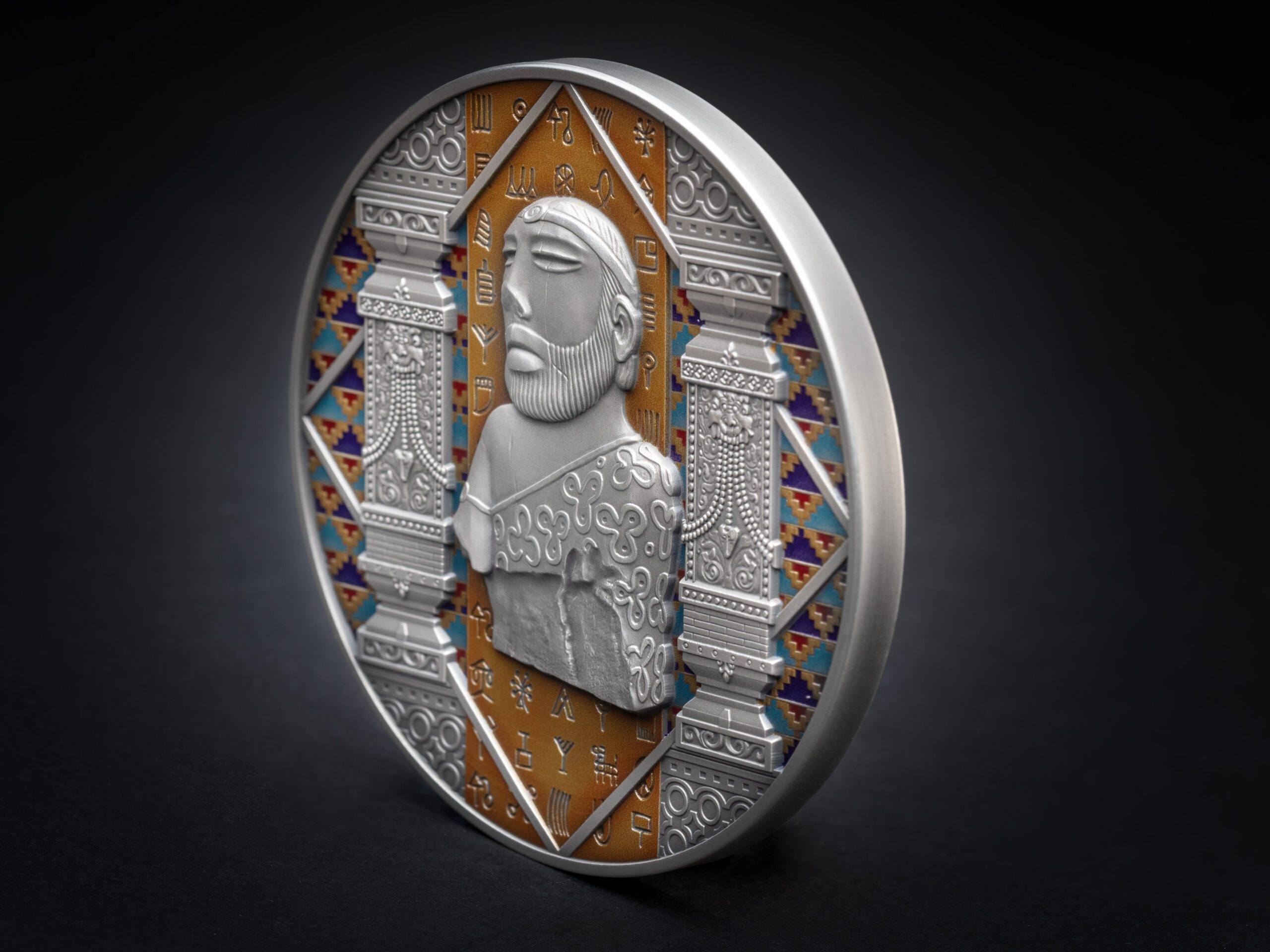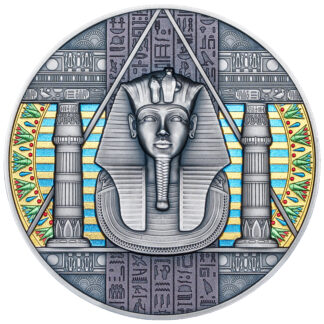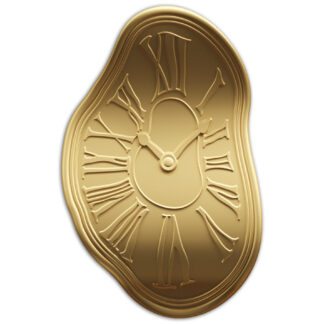Description
7 Groundbreaking Ancient Civilizations that influence us today
Around 12,000 years ago, humans hunkered down. Though they had previously traversed the planet to forage for food, people made the decision to devote themselves to agriculture and spent their days planting seeds, picking produce and amassing the world’s first food surpluses.
Ultimately, the security provided by abundant food allowed portions of the human population to concentrate on converting small, agrarian settlements into vibrant cities. They could construct towering temples and palaces and throw themselves into the burgeoning endeavors of art, philosophy and politics.
Here are seven ancient societies that have gained a reputation for their ingenuity and innovation. (The exact timelines for these civilizations are approximate and subject to academic debate.)
Indus Valley Civilization (3300 B.C. to 1300 B.C.)
Around 7000 B.C., agriculturalists began building small villages throughout the Indus River Valley in present-day India and Pakistan. Starting around 3300 B.C., these settlements grew particularly bustling. Although the Sumerians invented cities, the people of the Indus Valley perfected them. Their settlements of Harappa and Mohenjo-daro, for instance, housed approximately 40,000 to 50,000 individuals and featured baked-brick buildings. Sophisticated sewer and water supply systems kept these cities clean, and their spacious streets formed a strict grid structure suggesting these sites were meticulously planned. The painstaking urban planning that transpired in Harappa and Mohenjo-daro indicate the people of the Indus Valley sought uniformity. Their omnipresent bricks shared standard dimensions, and, indeed, their standardized weights and measures rank among their most important innovations. Other inventions included a mysterious writing system that remains undecipherable, and novel techniques in metallurgy.
The Priest-King, in Pakistan often King-Priest, is a small male figure sculpted in steatite found during the excavation of the ruined Bronze Age city of Mohenjo-daro in Sindh, Pakistan, in 1925–26. It is dated to around 2000–1900 BCE, in Mohenjo-daro’s Late Period, and is “the most famous stone sculpture” of the Indus Valley civilization (“IVC”). It is now in the collection of the National Museum of Pakistan as NMP 50-852. It is widely admired, as “the sculptor combined naturalistic detail with stylized forms to create a powerful image that appears much bigger than it actually is,”and excepting possibly the Pashupati Seal, “nothing has come to symbolize the Indus Civilization better.”












